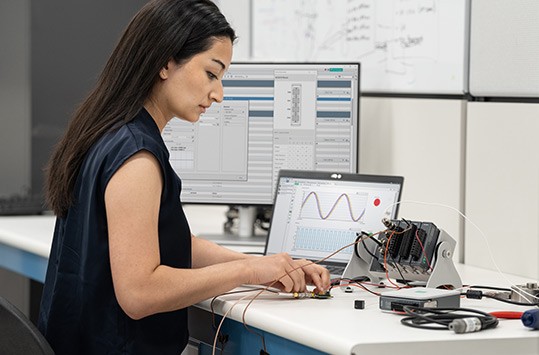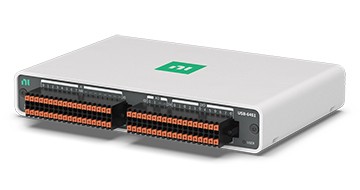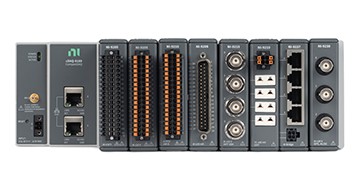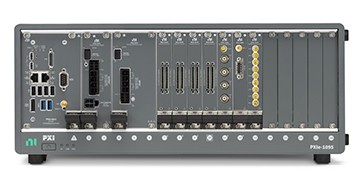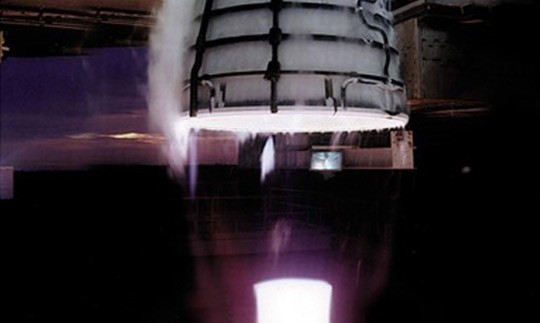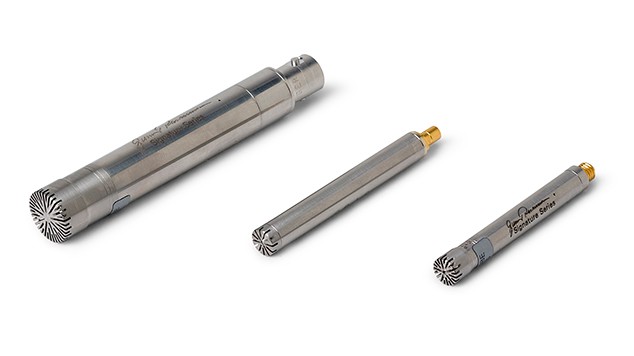NI DAQ systems combine a huge catalog of quality, scalable hardware with productive software you need to maximize your design and research. Choose NI when you need confidence and flexibility.
- Free data logging software included
- Datasheets with complete accuracy specifications
- Documented APIs with example programs—for LabVIEW, Python, C/C++, and VB.NET
- Hardware options to measure voltage, current, and any sensor
- Support for USB, Ethernet, PCI Express, and PXI systems
